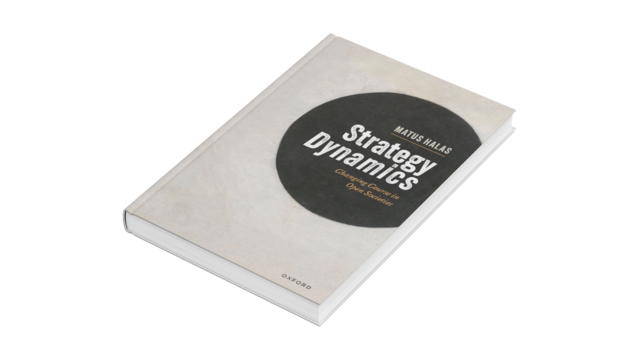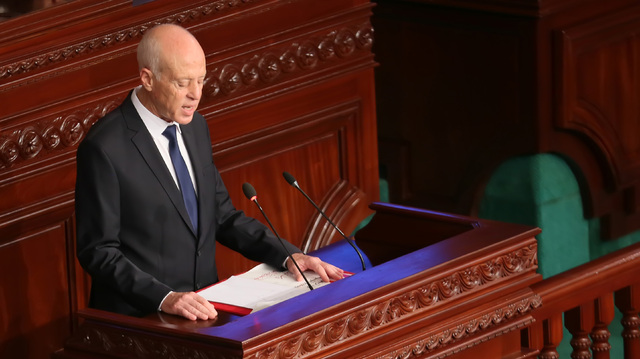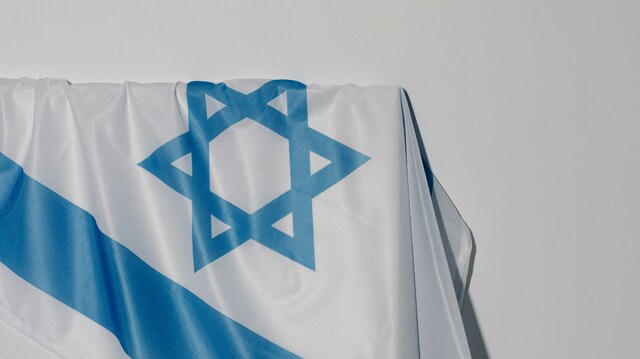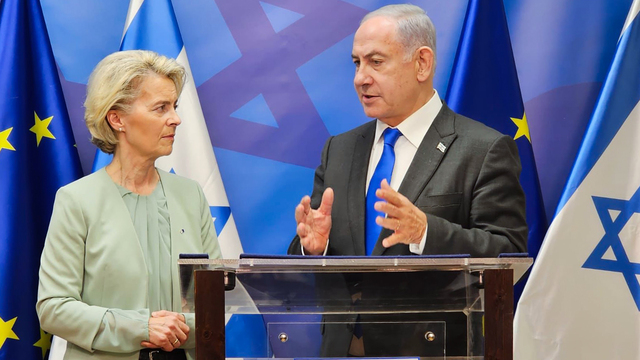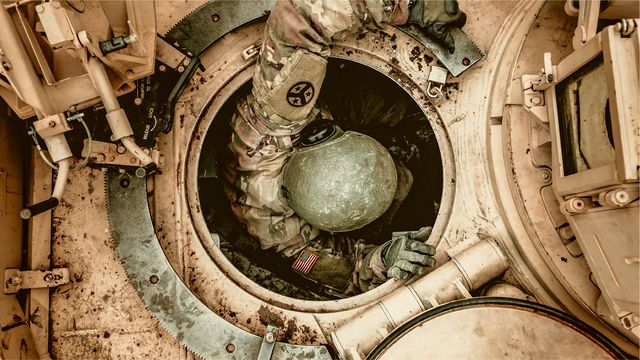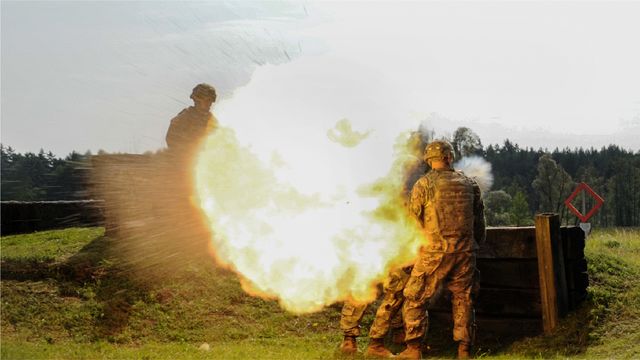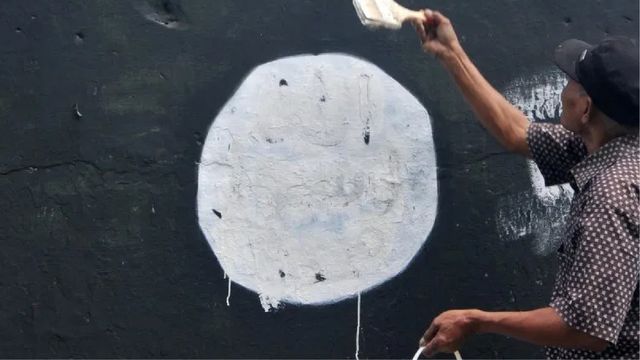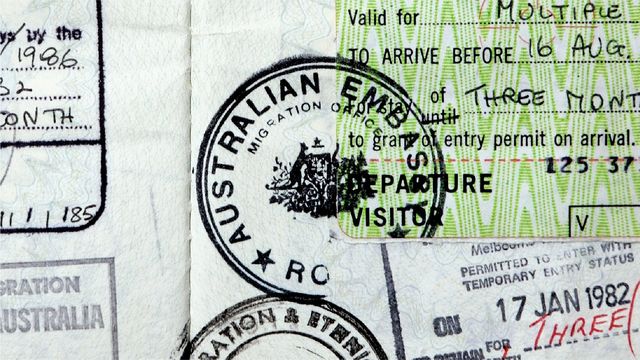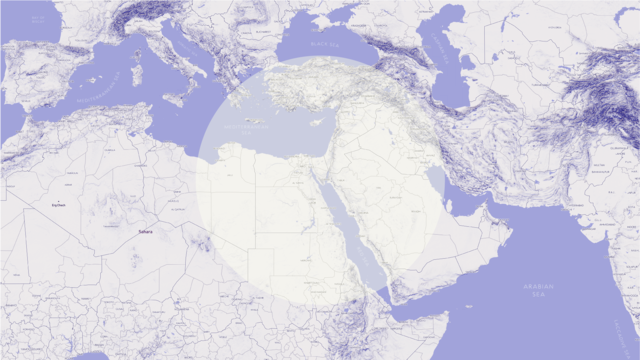Hezbollah between local and international dimension: intervention in Syria
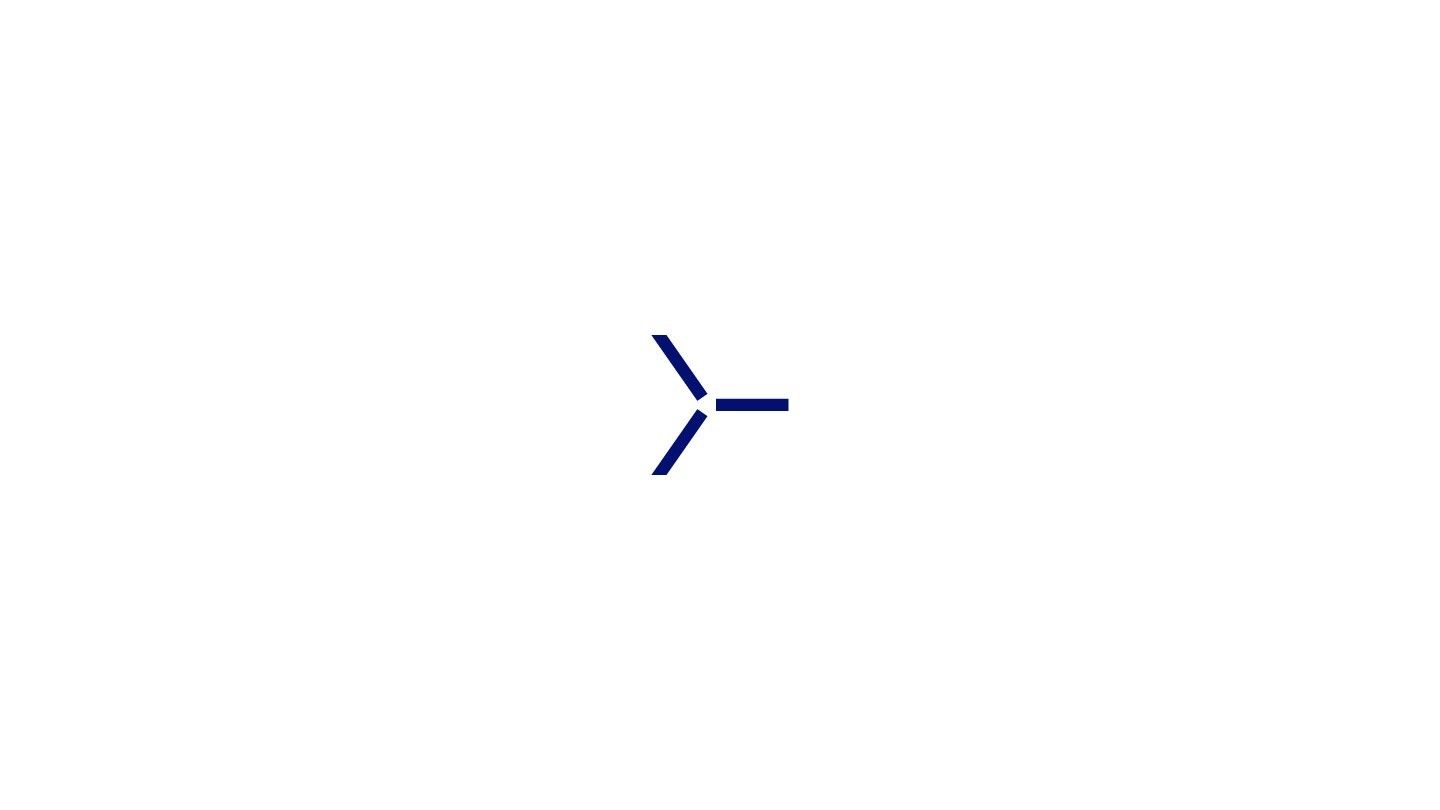
In last few decades, Hezbollah has established itself as a solid part of Lebanon’s governmental politics and has gradually become a hybrid terrorist organization operating on different interdependent and interconnected levels – social welfare and religious education; military resistance; and the political plane. Also, the organization has been one of the examples of more influential role of sub-state actors in international relations and security, including specific regional conflicts. In case of Syrian civil war, this phenomenon is caused by strong linkages to Iran and the regime of Bashar Assad, whose position Hezbollah defends. The analysis of Hezbollah’s development and present position will thus open space for reflection of its regional connections and activity, especially in Syrian conflict.
Origins and building domestic position
Hezbollah was founded in 1982 in the context of Israeli invasion of Lebanon and in ‘the open letter’, which is considered to be a core program statement of Hezbollah, described its role as a ‘revolutionary vanguard’ and made commitment to the defence of Islamism and Islamic community of Lebanon. This manifesto also emphasized its military purpose and stated, that it is inseparable from its popular social infrastructure. Since then Hezbollah developed from a weak coalition of various Islamic groups, mainly Shiite, into a significant political organization having a huge influence inside the Lebanese political system.
Hezbollah can be defined as a hybrid terrorist organization developed on three grounds: jihad as military resistance, social activities and also political participation. In its social activities, Hezbollah is focusing on providing social, religious services, education or even financial aid or healthcare to recruit more people and gain wide support. Military activity is, on the other hand, from the start focused on executing the radical Islam by aggressive resistance to Israel and Western presence, portrayed as cruel oppression, or influence in a form of terrorist attacks or political assassinations.
Generally, Hezbollah’s strategy can be characterised by three components: maintaining presence within the Lebanon’s political system and adjusting to its rules, without achieving total dominance; progressing within the system through alliances and generating political crises; and using political violence and military force to change policy decisions, achieve party’s aims and maximize its power. From 1992, when Hezbollah entered the political arena in Lebanon by sealing a large victory by gaining eight seats in the parliament, these goals, according to the party’s leaders, have not changed and this strategy is considered to be a way of gaining power in the country. Initially, the organization managed to play a role of conditional opposition, without making significant effort to be a part of government. Hezbollah’s plan was to partially cooperate with the government and manoeuvre within the system through promotion of its social, educational, civil and Islamic programs among Shiite population. Although withdrawal of Israeli Defence Forces from Lebanon in 2000 brought slight change with milder approach towards Hezbollah’s activity, its first presence in government in 2005 happened in tensed context after assassination of former prime minister Hariri, and accusations of serving political interests of Syria and Iran.
Situation after 2011 then played in the Hezbollah’s favour, although the organization became part of a coalition. The failure of mediating the conflict after political intervention of external actors, such as Syria, Iran, Saudi Arabia and Turkey, in connection to overthrowing the government of national unity and investigation of former political assassinations, initiated another political crisis, which caused resignation of eleven ministers and appointing a Hezbollah’s candidate to form a new government. New cabinet than clearly followed the Hezbollah’s program – it declared its full support to resistance against Israel and its commitment to free occupied areas of Lebanon. This process is in the end result of two-way strategy, which formed action on the combination of militant Islamist nature of the organization and its commitment to act pragmatically in the political arena. Consequently, it brought consolidation of Hezbollah’s power and stronger position to exceed the domestic arena.
The Axis of Resistance
The international dimension of Hezbollah’s activity, as previously mentioned, is shaped by its relations to regional allies or supporters gathered into the, so called, Resistance Axis. This term designates the alliance between Iran and Syria with sub-state actors, Hezbollah and Hamas, although its inclusion is becoming more problematic with weakening ties with Iran and cancelled aid. Generally speaking, the Axis is taking shape mainly through political support and shared perception of threat – presence of Western policies in the region and Israel as the ultimate menace. Since the definition as militant alliance is often avoided, the militancy of mentioned sub-state actors against Israel is one of the main components of its activity. Such agenda is widely supported by material and political means by both Iran and Syria and as a consequence, especially after 2010, deepening of military and security cooperation between Hezbollah, Syria and Iran can be observed. Result of these characteristics is that the Axis is able to define and pursue its own interests in international arena and made grounded decisions and hence be a key actor in regional politics.
From Hezbollah’s point of view, the most valuable and strongest ties have been formed with Iran, as the regional power, main supporter of its activity and, as it is mentioned in the manifesto, ‘a central state in the Muslim world’. Hezbollah was never silent regarding loyalty to the Islamic republic and since the establishment of Hezbollah Iran has been providing not only ideological and political support to maintain a pressure on Israel, especially on the northern parts of Israel, but also generous financial and even military aid and tactical assistance to the organization, which has been confirmed by the organization itself.
To be more specific, the form of material support is realized in various forms. Iran is providing Hezbollah with financial aid of millions of dollars a year, many military officers and personnel, intelligence and military training forces included in the organization, or other anti-Israel Palestinian groups. This support is also extended to transferring of massive numbers of weapons and other arsenal, particularly artillery rockets with short and long range, anti-ship missiles or aerial vehicles.
Relations between Hezbollah and Syria have also been evolving since the establishment of the organization. As Lebanese Shia community supported the Syrian president Hafez al-Assad, the bonds developed in a strong manner as Syria became important part of transnational Shia network and a part of the Axis. The relationship was consolidated through shared strategic interest or complying with Syrian commands during the Lebanese civil war, which resulted in Hezbollah’s adaptation to Syrian rising influence in Lebanon after 1989. In this context, Syria used Hezbollah as a foreign policy instrument by exerting pressure on Israel and thus improving Damascus’s position both in Lebanon and region as a whole. But after the war in 2006 and Syria’s withdrawal from the country earlier in 2005, Hezbollah became more autonomous and flexible, therefore the mutual relationships significantly transformed. Following these events, the relationship has become more about strategic interdependence often combined with resentment, or as Husseini mentioned one of the used descriptions of the nature of mutual relations as a ‘loveless marriage that endures because their common interests demand it’. (HUSSEINI, 2010, pp. 810-811).
Hezbollah’s intervention in the Syrian conflict
Hezbollah’s participation in the civil war in Syria is used in this work to connect the dots from the previous parts and examine the interaction between local and regional dimension of Hezbollah’s activity.
The first issue to focus to understand the linkages are the close ties between Lebanon, Syria and Iran. The possible regime change in Damascus or attempts of Israel, supported by the U.S., to confine Iran’s growing role in the region and possibly force them to retreat from further development of their nuclear programme, are perceived as danger for maintaining Hezbollah’s local position. As both Teheran and Damascus possess strong influence on Lebanese politics and are the main supporters of Hezbollah, the regime change in Syria, or weakening Iran’s role in region, would mean endangering supply routes of weapons and missiles in particular, and access to critical Iranian and Syrian support, which is represents a significant portion of Hezbollah’s grounding, and major weakening of Hezbollah’s structure and hence its position in the Lebanese system. The geopolitical perspective in therefore a crucial factor of Hezbollah’s intervention in Syria and is perceived as ‘strategic necessity’ to defend regional ally and backbone of the Axis.
The connection of intervention to more local level is not only subject of political manner, but as well religion and security discourse. Some of the explanations are related to the risk of turning the Syrian conflict into ground for regional Sunni-Shia confrontation, as, for example, the violence of Jabhat Al-Nusra in Syria has signified one of other crucial reasons for intervention.
This particular narrative is also linked to initial justification of military involvement by the effort of many Hezbollah men to fight across the border to protect their homes and Shiite-majority villages on the Lebanese side of the borders in Syria, but also on the other, Syrian, side. As during the first stage of combat, these incidents were presented as a voluntary actions by Hezbollah fighters, later, in 2013, Hezbollah announced its intervention based on principles of religious loyalty and personal security, and, apart from effort to protest Shiite-majority villages on borders, then introduced other two objectives: protect Shiite shrines in Syria to prevent regional sectarian strife and preventing Sunni extremist groups that were slowly establishing bases in Northern Syria from entering Lebanon. The leadership of Hezbollah portrayed this intervention as a preemptive and defensive war imposed on Hezbollah by a conspiracy of the United States, Israel and takfiris, by which they tried to legitimise military involvement, assistance to Syrian government and participation in external conflict. This approach was perceived as a distraction from protection of Shia community in Lebanon, what was argued should be a main priority for Hezbollah, or undermined by arguments, that the organization does not have enough military or human resources to enter such a complex conflict. In this case, such criticism was later weakened due to Hezbollah’s operations in 2017 aimed to pressure Sunni jihadist from north-eastern Lebanon and thus actual military participation on country’s borders defence.
Therefore, it can be argued, that the Hezbollah’s involvement in the Syrian civil war is the consequence of interaction of linkages between their local activity and regional dimension of their existence represented by close strategic ties to allies. The internal security of Lebanese Shiite community, who Hezbollah is claiming to represent, and the party’s position in the political system of Lebanon is closely tied to the international arena and the examined military intervention is a consequence of threat to the former by the possibility of weakening the latter.
Conclusion
One of the main factors of Hezbollah’s activity and strategy thus remains its reliance of intersection of domestic issues with regional linkages represented by the Axis of Resistance, particularly by significant political and logistical support by Iran on Syria. Hezbollah’s success in attaining key position in the political system of Lebanon with a process of consolidation of power by pragmatic political participation and extremist attributes is highly dependent on mentioned supply routes, Syrian influence on Lebanese politics and Iranian ideological ideal of Islamic republic and consequence it has on gaining support within the Shia community. Therefore, it can be argued, that the regional context in a form of future development of Syrian conflict or Iranian position in regional rivalry with Saudi Arabia is an important guideline for actual development of Hezbollah’s overall position, and any significant disruptions or deeper destabilization of situation in neighbouring countries could have a harmful consequences for future strategies and actual abilities.
About author:
Tomáš Zrůst je absolventem Fakulty sociálních věd Univerzity Karlovy v magisterském oboru Bezpečnostní studia. Na stejné fakultě také získal bakalářský titul z Politologie a mezinárodních vztahů. Ve svých absolventských pracích se soustředil na decison-making proces americké administrativy při invazi do Iráku a na regionální rivalitu Íránu a Saudské Arábie z perspektivy využití nestátních aktérů.
